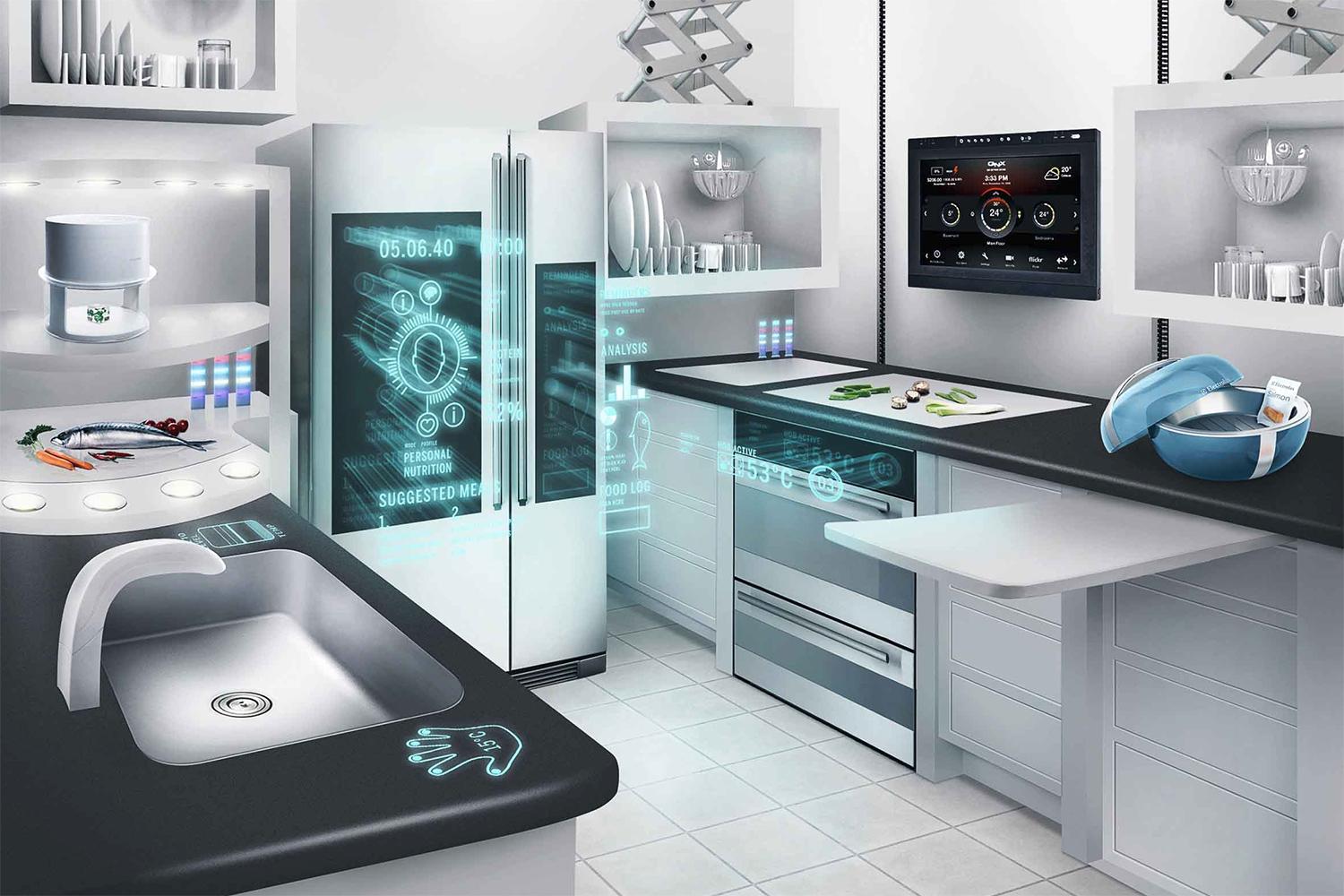OpenMarket – July 22, 2014
Analysts talk about Person to Person (P2P) text messaging declining on the carriers as Over the Top (OTT) solutions like Apple’s iMessage or Facebook’s WhatsApp gain traction as IP-based alternatives to carrier-based SMS. While P2P texting is declining on mobile operators, Application to Person (A2P) texting is continuing to grow as consumers demand businesses engage with them on their mobile phones. This suggests that there will be a third wave of messaging based on the Internet of Things (IoT) that we call T2P messaging: Things to People. IoT means that there will devices with sensors that are connected to a network. Cisco’s whitepaper reveals that there are 10-15 billion devices connected to the Internet, but less than one percent of things are connected. Imagine this world: devices with sensors that can send a stream of data to cloud platforms. These platforms have Big Data analytics packages along with intelligent decisioning software. They determine when to notify a person and what information to make available in the message. The person can quickly understand what is occurring and react to the information. Sounds great…right?
The Connected Home, The Connected Car, and The Connected Workplace
In many of our homes, we still have separate remotes controls for a variety of electronic devices. We have two cars from two different auto manufacturers, each having a different key for operation. Our workplaces have many telephones, computers, mobile phones, and tablets from different manufacturers that are still essentially walled gardens. Even the “connected” devices are operated as silos without any interoperability standards. Getting to the imaginary world vision described above will require interoperability and standards that break down the silos that will eventually develop.
The Cambrian Explosion
Currently, we’re in the Cambrian Explosion stage of the development of the IoT market where continuous innovation is occurring, such as new sensor technology, new devices, and new business models. This means that new concerns around data ownership, privacy and security will need to be addressed. A possible first step in addressing the silo challenge for The Connected Workplace is this recent news: AT&T, Cisco, GE, IBM, and Intel Form Industrial Internet Consortium to Improve Integration of the Physical and Digital Worlds, by breaking down the technology silos that will hold back adoption of IoT]. But it’s way too soon to know what is going to emerge from this initiative or from this stage in the development of this market.
How T2P Might Work
Some food for thought: people are mobile and would expect that the IoT would include a mobility solution. People don’t want to download 100 mobile apps for their Connected Home Experience or their Connected Word Experience. SMS can reach nearly 100% of mobile phone users. Cloud-based platform providers typically have some kind of alerting capability and many are adding SMS as a notification channel to their platform. Using T2P SMS as the preferred communication channel would solve the “last mile” problem for consumers because nearly everyone knows how to read text messages, almost all phones support it, and it’s a centralized inbox that works globally. T2P SMS can even accept keyword- based responses. So if you’re a cloud provider who’s thinking about how to address the IoT within your platform, your first investment for connecting your things via your platform with the people who need to know what their things are telling them should be texting. TP2 SMS can reach people wherever they are and on a device (mobile phone) that they already have and carry with them all of the time.




